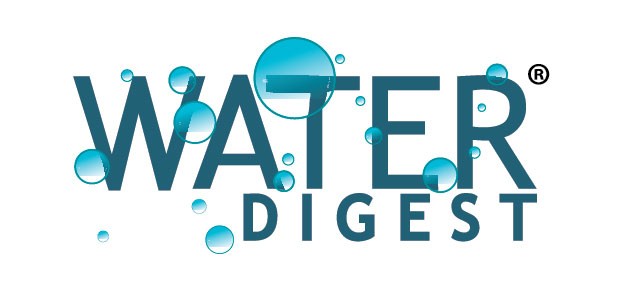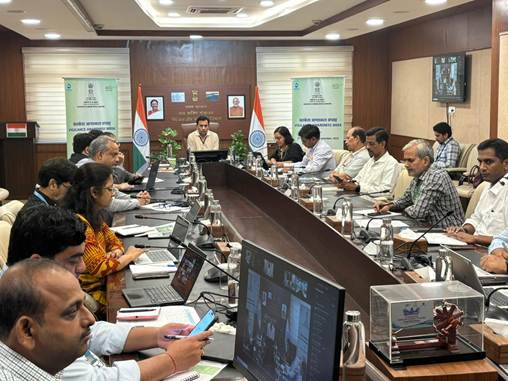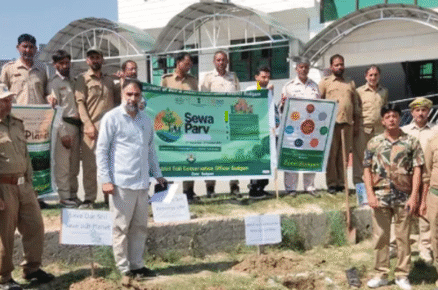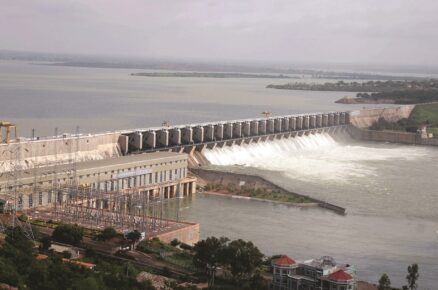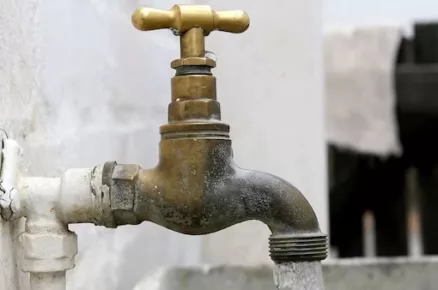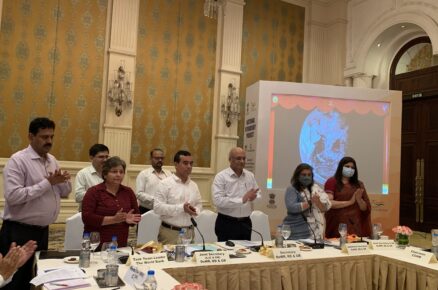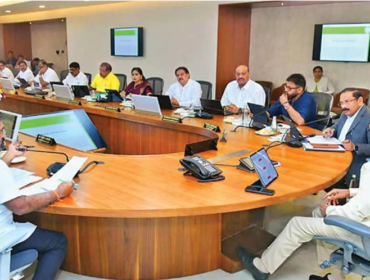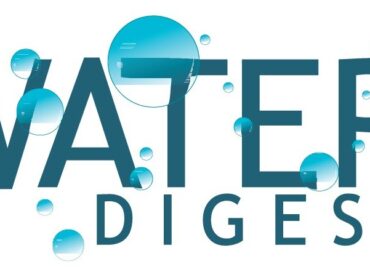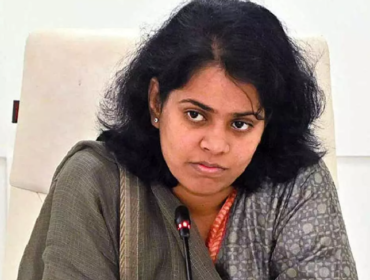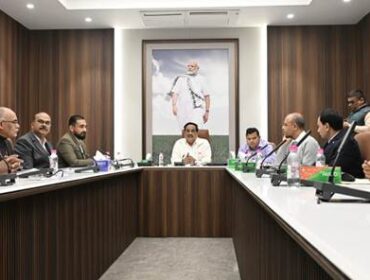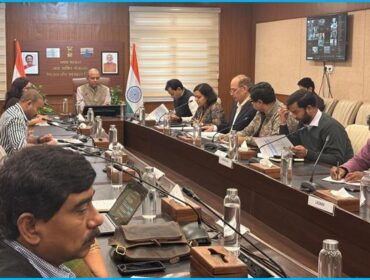It builds on the 1st Edition’s Momentum to Strengthen District and Panchayat-Level Water Governance
The 2nd Edition Focuses on Source Sustainability and Strengthening Regulatory Mechanisms
The Department of Drinking Water and Sanitation (DDWS), Ministry of Jal Shakti, organised the second edition of the ‘District Collectors’ Peyjal Samvad’, a national dialogue aimed at empowering district leadership to strengthen local governance, ensure source sustainability, and enhance accountability in rural water service delivery under Jal Jeevan Mission (JJM).
The event was held via video conference and chaired by Shri Kamal Kishore Soan, Additional Secretary & Mission Director, National Jal Jeevan Mission (NJJM). Smt. Swati Meena Naik, Joint Secretary, NJJM, along with senior officials, District Collectors/ District Magistrates from across the country, Mission Directors and State Mission teams from States/UTs attended the event that brought together over 800 participants.
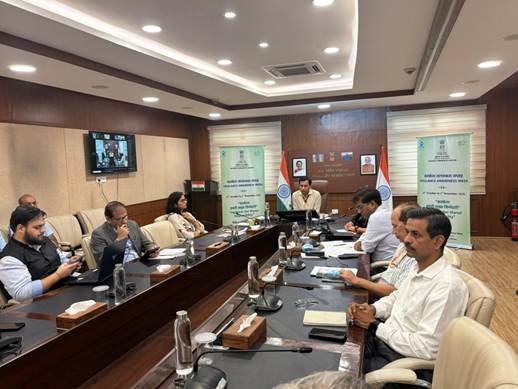
The ‘District Collectors’ Peyjal Samvad’ series is part of the Department’s ongoing effort to strengthen local governance and decentralised water management under JJM. The first edition (14 October 2025) focused on empowering districts and panchayats through digital tools, accountability mechanisms, and peer learning. The second edition, held today, advanced this dialogue towards source sustainability, highlighting data-driven planning, legal safeguards, and convergence with MGNREGA to build a district-led, community-anchored model of rural water governance.
AS&MD-NJJM Outlines Next Steps on MNREGA and Regulatory Safeguards
In his opening remarks, Shri Kamal Kishore Soan, AS&MD-NJJM, appreciated DCs/DMs for their continued engagement after the first edition of the District Collectors’ Peyjal Samvad. He commended the districts for translating the key discussions on local governance, digital monitoring, and institutional strengthening into measurable outcomes.
He briefed the States/UTs on the following key priorities guiding the next phase of the Mission:
- Convergence with MGNREGA for Source Sustainability – urging districts to align with the Gazette Notification S.O. 4288(E) dated 23rd September 2025, mandating dedicated expenditure on water-related works under MGNREGA for recharge, water harvesting, and source protection.
- Regulatory Mechanisms for Infrastructure Protection – drawing attention to the Department’s recent communication dated 27th October 2025, he emphasised the need to establish Protected Drinking Water Zones, enforce patrolling and inspection protocols, and empower Village Water and Sanitation Committees (VWSCs) for community vigilance and reporting.
The AS&MD underlined that sustainable service delivery depends on data-backed decision-making, local ownership, and preventive governance, stating that “District Collectors are the key functionaries and their role is very important under JJM.”
Pilot of DSS on Source Sustainability Presented for Feedback from States/UTs
Shri Y.K. Singh, Director (NJJM), set the context by highlighting that the next phase of JJM must focus on source sustainability. He underlined that while the Mission has brought tap water to 81.21% of rural households, nearly 85% of rural drinking-water demand continues to depend on groundwater (CGWB, 2024). Drawing attention to the 3rd Chief Secretaries’ Conference, held in December 2023) on the theme ‘Drinking Water’, he recalled the national commitments made to secure water sources and emphasised that sustainable sources are the foundation of sustainable tap connections, and that India’s water story must be scientific, data-driven, and community-led.
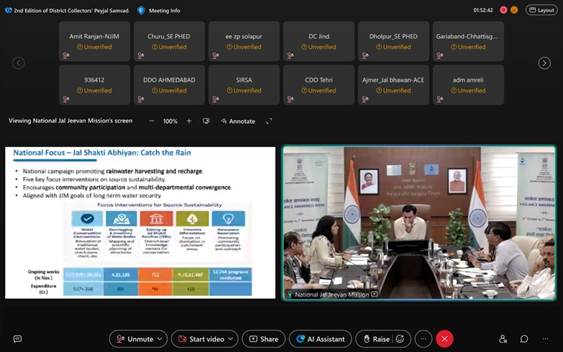
Smt. Swati Meena Naik, JS-NJJM, introduced the Decision Support System (DSS) as a digital planning and decision-making framework developed in collaboration with BISAG-N, designed to assist States and UTs in scientifically planning, assessing, and protecting drinking water sources. The DSS integrates hydro-geomorphology, climatic, and spatial datasets to identify recharge zones and assess groundwater vulnerability. It displays district-level maps with JJM source locations and CGWB-based zonation, identifying feasible zones for artificial recharge and recommending appropriate structures.
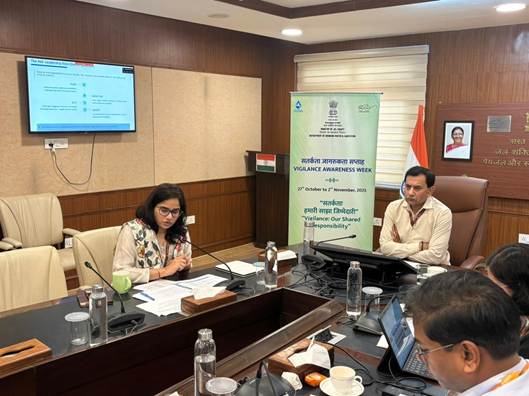
Smt. Ankita Chakraborty, DS-NJJM, demonstrated the DSS portal, explaining how the system enables a scientific, data-driven, and district-led approach through Artificial Water Recharge Requirement (AWRR) analysis, a decision matrix, and multi-layered spatial mapping. She detailed how the platform supports geo-tagging of sources, preparation of District Source Sustainability Action Plans (DSSAPs), and real-time tracking through RPWSS-IMIS, integrating with PM Gati Shakti for comprehensive water planning.
The DSS marks a shift from infrastructure creation to service-delivery sustainability, helping districts adopt a scientific framework for groundwater recharge, source protection, and long-term functionality.
District Presentations on Best Practices
Five DCs/DMs — Shri Avishyant Panda, IAS (Gadchiroli, Maharashtra), Shri Amarjeet Singh, IAS (Hamirpur, Himachal Pradesh), Ms. Shalini Duhan, IAS (Dang, Gujarat), Shri Minga Sherpa, IAS (Baramulla, Jammu & Kashmir), and Shri Ajay Nath Jha, IAS (Bokaro, Jharkhand), presented their field experiences and innovative approaches.
- Gadchiroli (Maharashtra): Through the combined implementation of Piped Water Supply Schemes and Solar Energy-Based Mini Water Supply Schemes, the district achieved an impressive increase in Functional Household Tap Connection (FHTC) coverage — from 8.37% to 93%.The district presented its Solar Dual-Pump Mini Water Supply Model, developed to ensure uninterrupted drinking water supply in remote and Naxal-affected habitations.To ensure long-term source sustainability, the district is exploring a Honeycomb Technology-based Rainwater Harvesting System, enhancing groundwater recharge and supporting year-round water availability. Women have been trained in water-quality testing through Field Test Kits (FTKs), enabling community ownership and local monitoring. The district also presented asuccess story of Kuwakodi village, where local participation, reliable operation and maintenance, and integration of renewable energy have transformed access to drinking water in one of Maharashtra’s most challenging terrains.
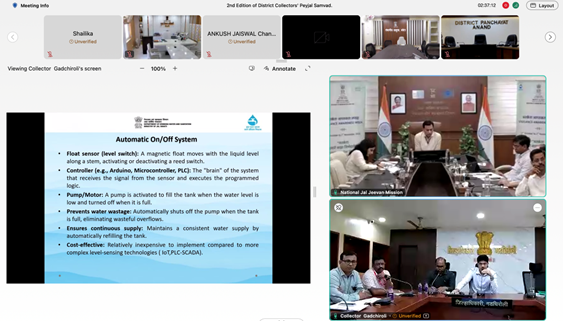
- Hamirpur (Himachal Pradesh): Showcased achievement of Har Ghar Jal in all 248 Gram Panchayats, supported by strong district monitoring through DWSMs and trained Jal Nal Mitras. The district’s WhatsApp-based community monitoring system, quarterly functionality surveys, and women FTK testers ensure continuous oversight and timely grievance redressal.
- Dang (Gujarat): Highlighted women-led water governance through the Mukhyamantri Mahila Pani Samiti Protsahan Yojana, promoting female leadership in Pani Samitis with financial incentives linked to O&M efficiency and revenue collection. The district also achieved 100% FHTC coverage and demonstrated convergence with MGNREGA and WASMO’s community models for functionality management.
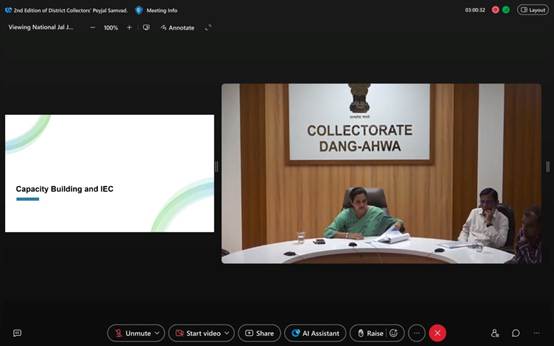
- Baramulla (Jammu & Kashmir): An Aspirational District, Baramulla presented the district’s transformation from tanker-fed to water-secure villages to water-secure communities. With a 6,600 km piped network, 228 filtration plants, and 391 service reservoirs, Baramulla now holds the highest number of FHTCs and Har Ghar Jal certifications in J&K.
Despite challenges like the shortage of GI pipes and difficult terrain, the district ensured continuous progress through real-time monitoring, Third Party Inspections (TPIA), and the use of FRP overhead tanks to overcome supply constraints. The ₹60 crore Parihaspora Multi-Village Water Supply Scheme, serving 35 villages and 75,000 people, now provides BIS-standard water through a 2 MGD Rapid Sand Filtration Plant.With strong institutional mechanisms, local coordination, and cross-departmental convergence, Baramulla continues to strengthen service delivery, source sustainability, and community confidence in one of the most challenging geographies of India.
Baramulla also presented a video from the Pattan area, capturing how JJM has improved daily lives, particularly for women and children, by bringing ease, dignity, and hope to households.
- Bokaro (Jharkhand): Bokaro demonstrated how JJM has become a catalyst for women’s empowerment and sustainable service delivery. Drawing from six major rivers, the district ensures supply through surface water-based schemes, complemented by a strong O&M framework.
The concept of Jal Sahiyas – women trained in operation, maintenance, water testing, and financial management, has strengthened community ownership and transparency. The E-Jal Kar portal has enabled billing and monitoring. The district is also introducing Jal Jeevan Samman to honour Jal Sahiyas for their service.
The Department appreciated the innovative approaches demonstrated by the districts, noting that these models embody the essence of community participation, technology integration, and decentralised governance – key pillars of sustainable rural water supply management.
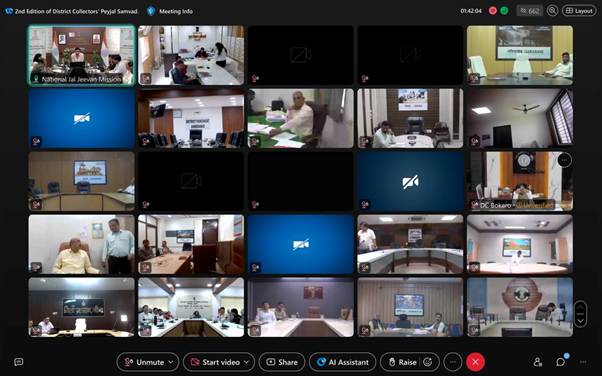
About District Collectors’ Peyjal Samvad
The District Collectors’ Peyjal Samvad series, initiated by DDWS, serves as a national knowledge-sharing and peer-learning platform for District Collectors and field functionaries implementing Jal Jeevan Mission. The dialogue enables exchange of practical insights, promotes cross-learning, and builds momentum toward achieving long-term water security and service delivery sustainability across rural India.
Source: PIB
